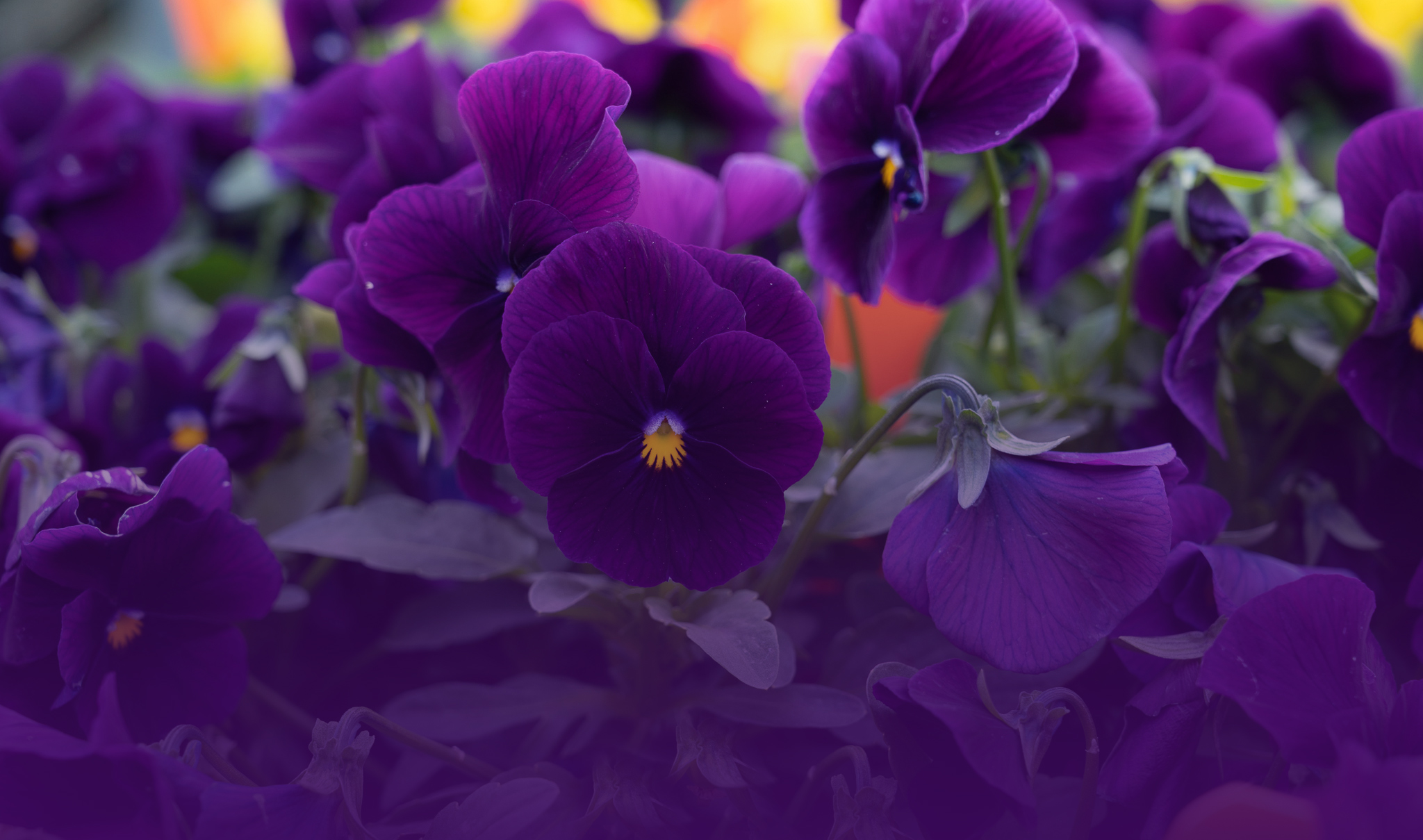
January & February Gardening
As gardeners, perhaps one of our new year’s resolutions could be to stay on top of tasks to be done in the garden better. Spring will be here before we know it, and we need to have our yards and gardens ready. There’s little time to lose. Otherwise, we’ll be overwhelmed come spring. Gardening is a year-round activity, not just a spring one.
As I write this right at the end of the year, we still haven’t had a freeze. Looking out the window I see heliconias and angel’s trumpets still in bloom. If we have a freeze, later we will have to cut such tender plants back. How far we need to cut them back, though, all depends on the severity of the freezes and the individual plants. If you just indiscriminately whack all these tender plants back almost to the ground, you may be needlessly losing a head start on next year’s growth. Several weeks after a freeze, examine each stem for signs of life. There’s no substitute for scraping the bark and looking for green beneath it. Last spring, for example, as I cut back cold-damaged princess flower bushes, I noticed that some stems still had green beneath the bark. So I left them. They looked a little scraggly for a while, sticking out from the rest of the stems which had been cut back to about knee height. But I noticed that these older stems had many more flowers as we moved into the flowering season. On the other hand, if we end up having several hard freezes, you may indeed find that you need to cut all your tropical plants back to 12-18 inches high. It will all depend on the weather. By late February to early March you should know.
If you planted young citrus plants this past year, be vigilant of the freezes that may come, especially if temperatures dip down into the mid to low 20’s and stay below freezing for twelve hours or so. If we face such extreme cold, you will want to protect the grafted portion of the plant. If the plants are small, bank hay or pine straw against the trunks as high as reasonably possible. Even better, build a frame around the plants and cover the whole frame, insulating with pine straw and use with plastic to seal out the cold winds during the short cold period. Just make sure the frame holds the plastic off of the foliage. The plastic has to completely seal in the plant, extending all the way down to the ground. The idea is to make a mini-greenhouse and seal in the heat that radiates from the ground at night.
Even as we talk about cold protection, realize that this is still the best time of year for planting the majority of the woody shrubs or trees that we normally grow here and that are cold-hardy. Planting shrubs and trees now is much more favorable than planting in the warmer months while the plants are actively growing. You will need to water the new plants, even now during the winter, but you will find that the root balls don’t dry out as quickly now. The roots will continue growing now and help to establish the plants before hot weather arrives. So take advantage of the cooler weather, especially for your large landscape projects.
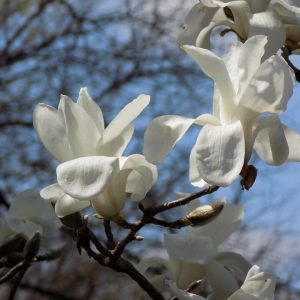
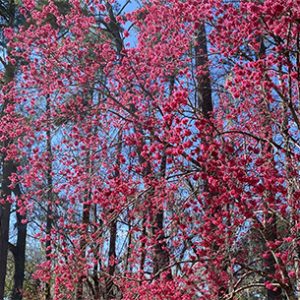
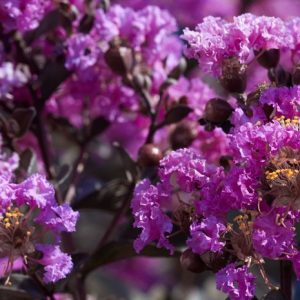
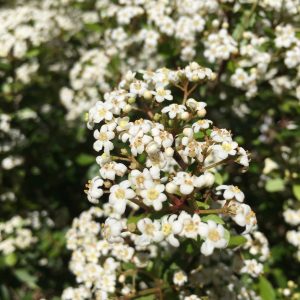
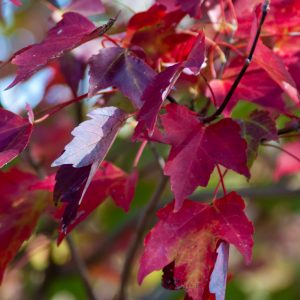
Maybe you need a shade tree or would like to plant a flowering tree to add some landscape color. Soon you will see Japanese magnolias, Taiwan cherries, Okame cherries, redbuds and red maples blooming around Tallahassee. Now is a good time to plant these. But it’s also a good time to plant dogwood replacement trees like, redbuds, and even summer bloomers such as crepe myrtles and chaste trees.
Perhaps you have been thinking about planting a privacy hedge? Fast-growing shrubs such as sweet viburnum, Ocala anise and ligustrum can do the job, and now is the time to plant. Or maybe you have overgrown shrubs in front of the house that really need to be replaced with lower-growing shrubs or groundcovers, such as lomandra or giant liriope. There’s no need to wait until spring. If you’re doing the work yourself, the temperature may be more pleasant now. And if you’re considering hiring our landscape team, be sure to schedule a consultation now as we’re already booking into spring. This is also true if you’re considering a complete redesign for a landscape area.
We are fortunate to live in an area that can enjoy the color of camellia flowers all winter. Now is the time to take a stroll through our camellia garden with 150+ varieties to make selections on your favorite varieties and add some of these easy-to-grow shrubs to your home landscape. View our Camellia Lookbook. They grow best in partial or light shade with a little protection from the harsh afternoon sun of summer, but they’re really fairly adaptable to most sites. Just avoid poorly-drained areas.
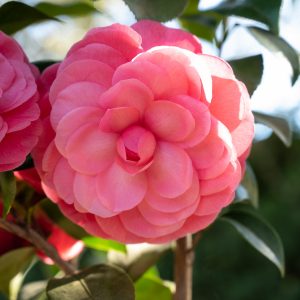
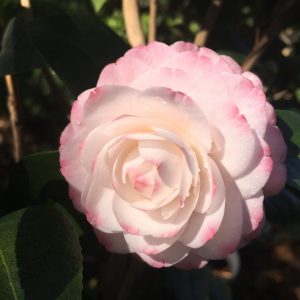
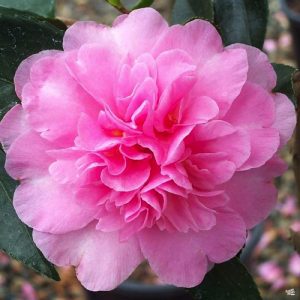
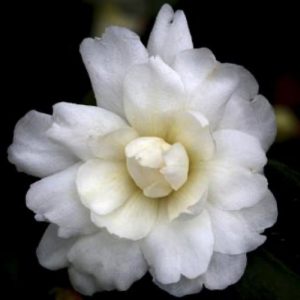
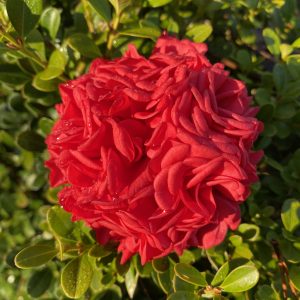
January to February is also the time to do most of your pruning. The exception to this would be with spring-blooming plants such as azaleas, loropetalums and spiraea. Delay pruning them until after they flower in the spring. But evergreen shrubs, deciduous fruit trees and vines, crepe myrtles and roses are among plants to prune before spring growth begins. When pruning crepe myrtles, just remove crossing, rubbing or poorly placed branches. Generally, if you don’t cut back the tops or the ends of branches you will end up with a much prettier plant that’s much easier to manage in the future. Let them grow in natural tree form. Just prune to remove poorly-spaced branches. If the crepe myrtle is too large for the site, consider replacing it with a variety that won’t grow so large rather than trying to cut it down to size. There are crepe myrtle varieties of all sizes.
If the mulch is thinning around your trees and shrubs, take time to replenish it now. Perhaps you need to pull or spray some weeds first, but there’s no need generally to remove the old mulch. You will just add to it. One of the most readily available and easy- to-work-with mulches is pine straw. If you have falling leaves or pine needles in your lawn, you can even gather them into a pile using your lawn mower, and use them as mulch. I would recommend covering them with some fresh pine straw that you buy, though, to improve the appearance and to keep the leaves from blowing.
You can add seasonal color to your yard now with annuals such as pansies, violas, snapdragons, diascia and nemesia. Stop by the nursery to make selections on these and other cool-season flowers. Don’t forget to fertilize them annually to keep them growing well.
Cool-season food plants such as arugula, beets, broccoli, Brussels sprouts, bunching onions, carrots, cabbage, cauliflower, Chinese cabbage, collards, kale, lettuce, mustard, radish, spinach, Swiss chard, celery, potatoes and English peas can also be planted in areas that receive enough sun. Plant deciduous fruit trees and vines such as pears, peaches, plums, nectarines, persimmons, figs, blueberries, blackberries, grapes, pecans, chestnuts, mayhaws and pawpaws.
Remember, spring is just around the corner. Use the mild north Florida winter now to plant, prune, mulch and plan. And enjoy the harvest from citrus and cool season vegetables and herbs.
*This article was written by David W. Marshall, University of Florida Extension Agent Emeritus and Landscape Consultant with Tallahassee Nurseries

